Printable PDFs/Word Documents for this Workshop:
Workshop Description:
You've probably heard that "a picture is worth a thousand words." There are also a thousand ways to interpret a picture. How can you use poetry to illuminate the many possible interpretations of an image, and/or to give voice to your own interpretation? How can powerful photography and poetry, together, be used to make personal connections with global issues and to highlight the world's under-reported stories?
In this workshop, we will write ekphrastic poems based on powerful photography from global news stories. By doing so, we will explore the stories photos tell, make personal connections to those stories, and amplify under-represented voices while making our own voices heard.
Vocabulary:
- Ekphrastic poem: A poem that responds to a work of visual art—generally a painting, sculpture, or photograph. Ekphrasis is a Greek word that translates to description, but contemporary ekphrastic poems usually go beyond description to speak to or from the perspective of the artwork/its subject(s). Find examples of ekphrastic poems here.
- Photojournalism: Photography that tells a true story.
- Under-reported story: A story that isn't typically featured in major news headlines, or otherwise doesn't receive the attention it deserves.
Model Poems and Discussion:
1. Choose one of the following photo stories to explore:
- "Venezuela's Days of Upheaval" by Natalie Keyssar
- "Too Young to Die: Shedding Light on Chicago Gun Violence" by Carlos Javier Ortiz
- "Finding Home: A Year in the Life of a Refugee in Europe" by Lynsey Addario
2. In small groups or as a class, look at the photos without reading the captions. What themes emerge? What feelings do the photos evoke? Write them down. Then, read the captions. Does the added information change or add to your list. Finally, discuss with a partner: How can the themes present in these photos connect with your life?
3. Read the poem that corresponds to the photo story you explored. These poems were written by K-12 students and selected as winners or finalists for the 2018 Fighting Words Poetry Contest.
- "Ayúdame" by Miranda Rodriguez, 9th grade, Staples High School, CT
- "Summer in Chicago" by Emmy Song, 10th grade, Montgomery Blair High School, MD
- "Discovering Home" by Amelia Ferrari, 6th grade, DC International School, DC
4. Discuss as a class:
- What language in the poem jumps out to you as beautiful or interesting? What poetic devices (such as rhythm, repetition, or metaphor) do you notice?
- What evidence of the poem's connection to the photo story can you identify?
- What does the poem add that is not already present in the photo story?
- Look back at the list you made in step 2. Does the poet explore one or more of the themes or feelings you wrote down? Did you write down more themes or feelings that the poet did not explore?
Group Practice: Writing an Ekphrastic Poem
Ekphrastic poems can help us see how many different ways an image can be interpreted. Let's work together to observe closely and diversify our perspectives on the following photograph from Natalie Keyssar's photo story, "Venezuela's Days of Upheaval."

LEFT: A tree stands in a small park near a polling place in Catia, a neighborhood of Caracas, the day government supporters lost their majority to the opposition in parliament. RIGHT: A family eats at a restaurant in Antímano, Caracas. Images by Natalie Keyssar. Venezuela, 2016.
1. After examining Natalie Keyssar's photo, read this statement she made on her photojournalism project:
Since Hugo Chávez died in March 2013, Venezuela has spiraled into crisis. The new president, Nicolás Maduro, has struggled to hold together the socialist coalition his predecessor formed.
Shortages in food, electricity, and medicine have led to riots; crime has spiked the already astronomically high murder rate; meteoric inflation, corruption, and price controls have caused the cost of some basic necessities to skyrocket.
"This work is about inequality," says photographer Natalie Keyssar, "and a level of tension and sometimes danger so powerful in daily life it's almost palpable." Her photos also capture a pivotal moment for "an egalitarian dream in a country that had the natural resources to pursue that dream but now seems to be in danger of falling apart."
2. As a class, brainstorm the following:
- What are the themes present in this image?
- How can you connect with those themes?
- If you were using this photo to write an ekphrastic poem, what perspectives could you write from? (Remember: you do not have to write from the perspective of a person, nor does the perspective you write from need to be featured in the poem; it may be a historical figure's, an outside observer's, or your own.) Come up with as many as possible.
3. What themes, feelings, or details in the photo resonate most with you? What or who is absent from the photo? Together, we will create an ekphrastic poem in the form of a list.
- Write: Each person will be responsible for contributing two lines to the group poem, following this pattern:
- “Portrait of ___.” (person, object, theme, feeling, metaphor in the photo).
- “Not a portrait of ___.” (person, object, theme, feeling, metaphor not in the photo).
- Share: Each person should read their two lines aloud, moving quickly around the room until everyone has shared. Together, these titles form an ekphrastic poem, and demonstrate the possibility of interpreting an image from many perspectives and/or describing an image in many different ways.
Writing Your Ekphrastic Poem:
1. Select the photo / themes with which you connect most. Read the photo's caption and as much of the accompanying text as possible to get some background in the story the photo is telling. See the end of this lesson for suggested photos and accompanying texts.
2. Brainstorm the perspectives from which you could write your poem. Choose one, and then choose 1-2 themes you want to explore from this perspective.
3. Write your poem! The only requirement is that your poem respond to the photo you chose by engaging with its story, themes, and/or visual content. Need help to get started? Try one of these approaches:
- Start by describing the photo. In addition to visual description, tell your reader about the smells, the sounds, the textures. Then, take us beyond the frame: what lies there? What isn't pictured?
- Choose a small detail in the photo, and write from its perspective. What is it doing in the photo? What is its history? What does it have to say about the themes of the photo at large?
- Return to the group exercise, writing in couplets (rhymed or unrhymed) that follow the pattern: "Portrait of _____." / "Not a portrait of _______." Write at least seven sets of couplets.
Suggested Photos and Accompanying Texts:
'Who Is This Stupid God?': The Filipino Catholic Church in Crisis

Nuns light their candles during a demonstration calling for "truth, justice, and peace" across Malate Church in Manila. Image by Eloisa Lopez. Philippines, 2019.
Monks Protest Dam to Protect Cambodian Forest

In the forest, a group of monks tie saffron cloth around tree trunks while chanting a centuries-old Buddhist chant still relevant today. It is a chant of compassion, pity, and love and of a divinity that does not exist in a temple but in the forests that the monks and the villagers both call their home. Image by Kalyanee Mam. Cambodia, 2014.
The Ordinary People Keeping the Peace in Nigeria’s Deadly Land Feuds

A stream near Nghar Village in Nigeria’s Gashish District, where more than 200 people were killed in June by men thought to be cattle herders. Those killed were part of the farming community, which uses land the herders covet. Image by Jane Hahn. Nigeria, 2018.
Rabwah: Home to Pakistan's Minority Ahmadi Muslims
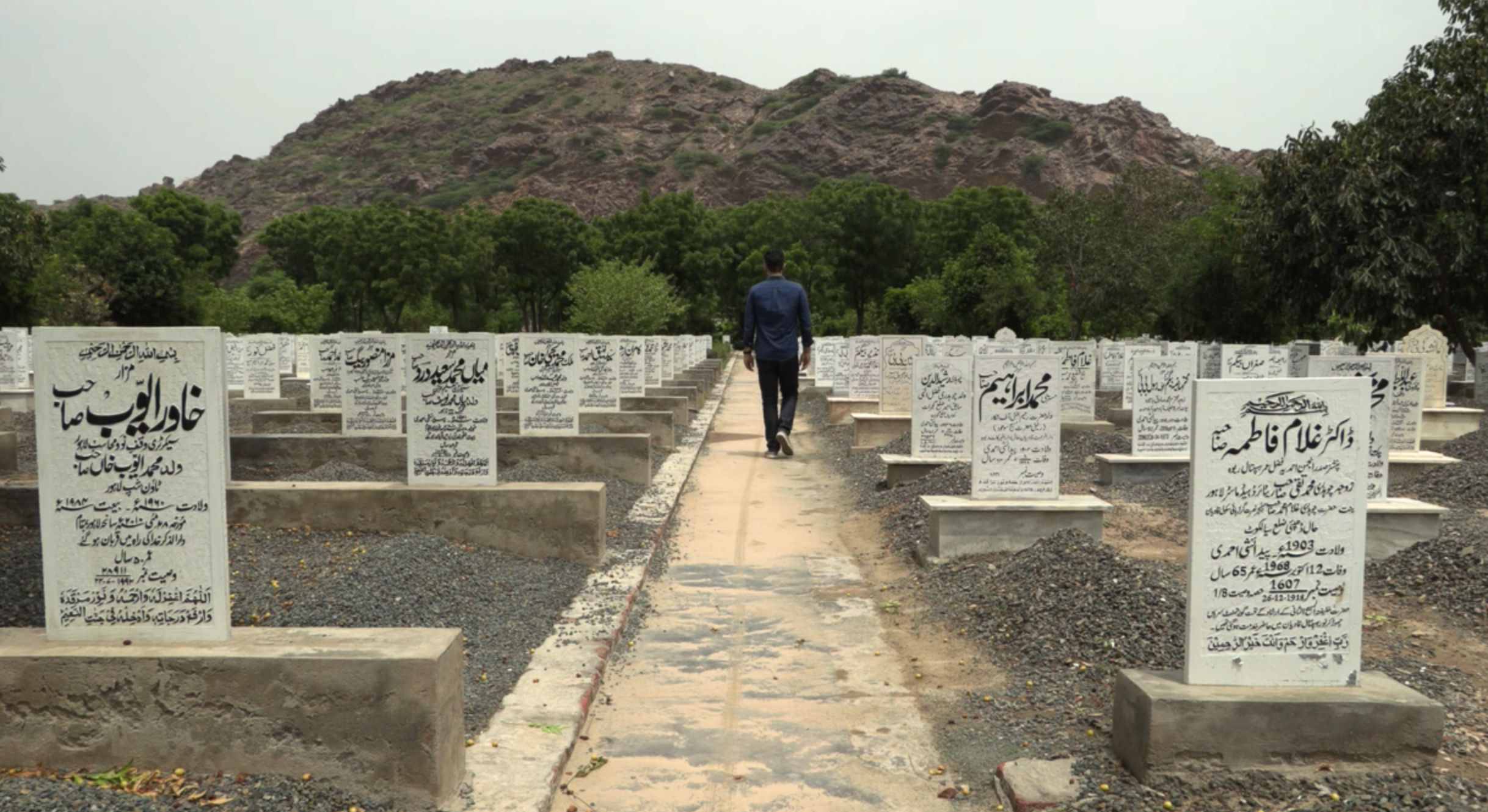
The Ahmadiyya community's religious cemetery, Bahishti Maqbara, located in Rabwah, Pakistan. The cemetery is located in Qadian, the birthplace of Mirza Ghulam Ahmad, the founder of the Ahmadiyya movement. Image by Isabella Palma Lopez. Pakistan, 2018.
The Redemption of MS-13
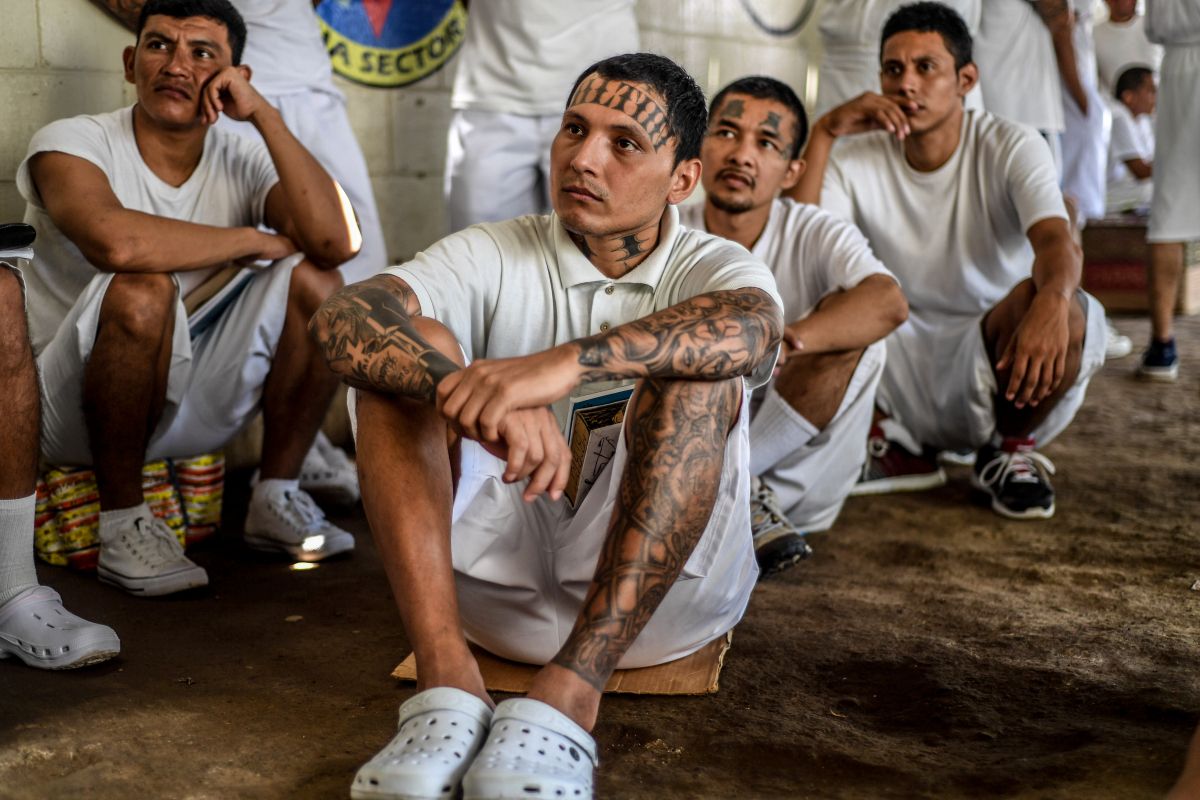
Incarcerated men at the Apanteos prison, which houses MS-13 gang members. Image by Neil Brandvold. El Salvador, 2018.
Caste Follows ‘Like a Shadow’
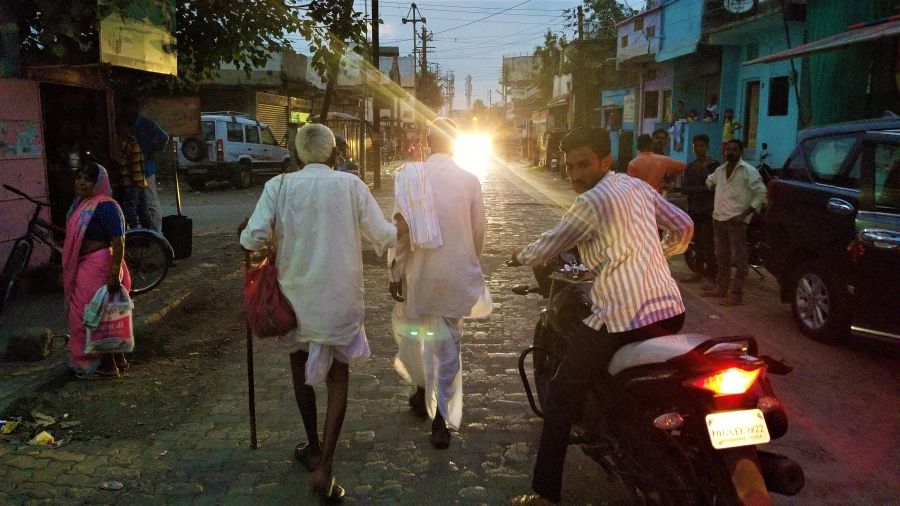
Nighttime in a Dalit section of Nanded. Image by Phillip Martin/WGBH News. India, 2019.
Tibet Is Going Crazy for Hoops

Monks, nomads, and a sport’s unlikely ascent in a remote corner of the globe. Image by An Rong Xu. Tibet, 2018.
Will LGBT Ugandans Ever Be Free? Inside the Fight for a Queer Country
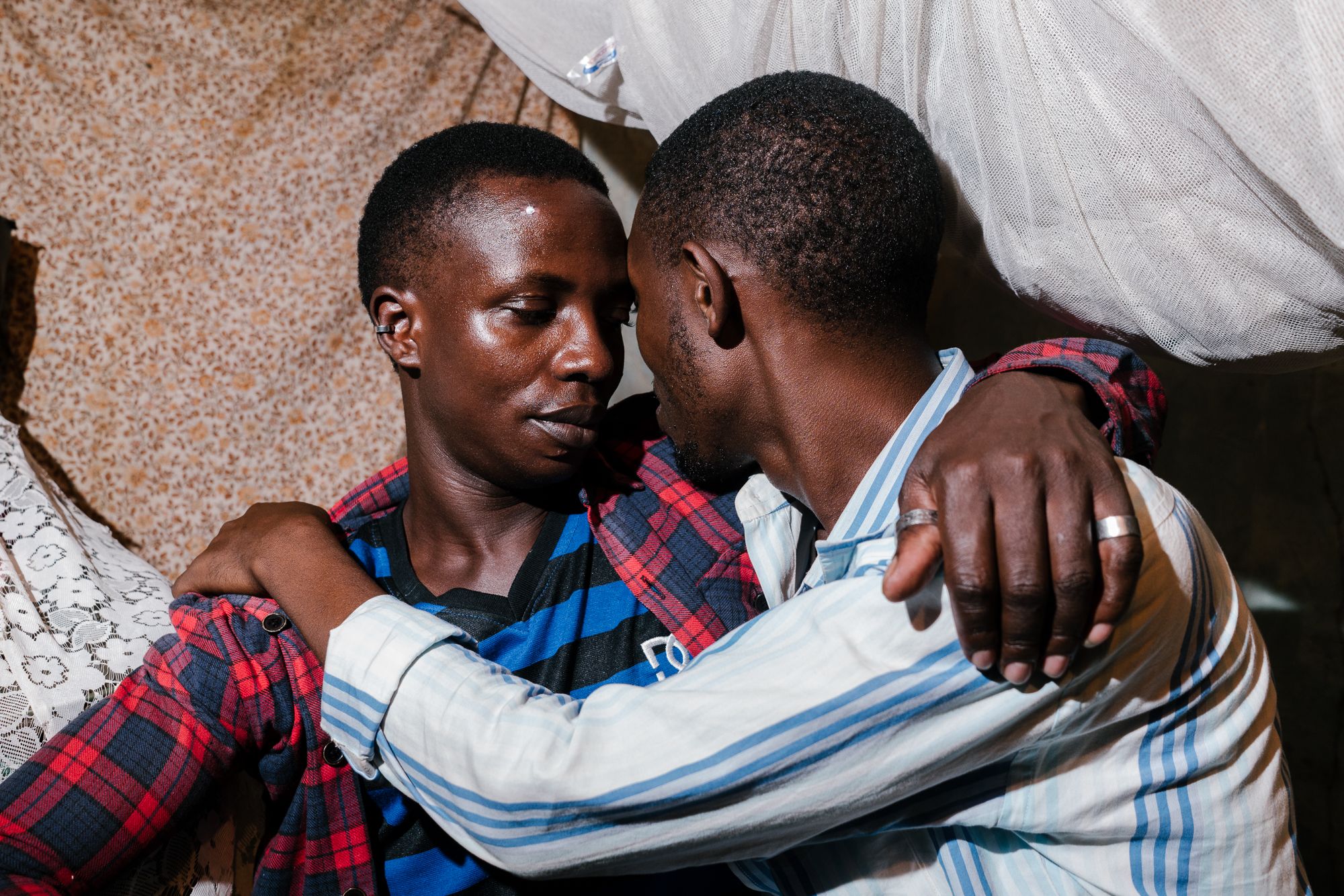
Sweet Love (left), a transgender woman, poses for a portrait in the Children of the Sun safe house with her partner of two years, Kenneth. Image by Jake Naughton. Uganda, 2017.
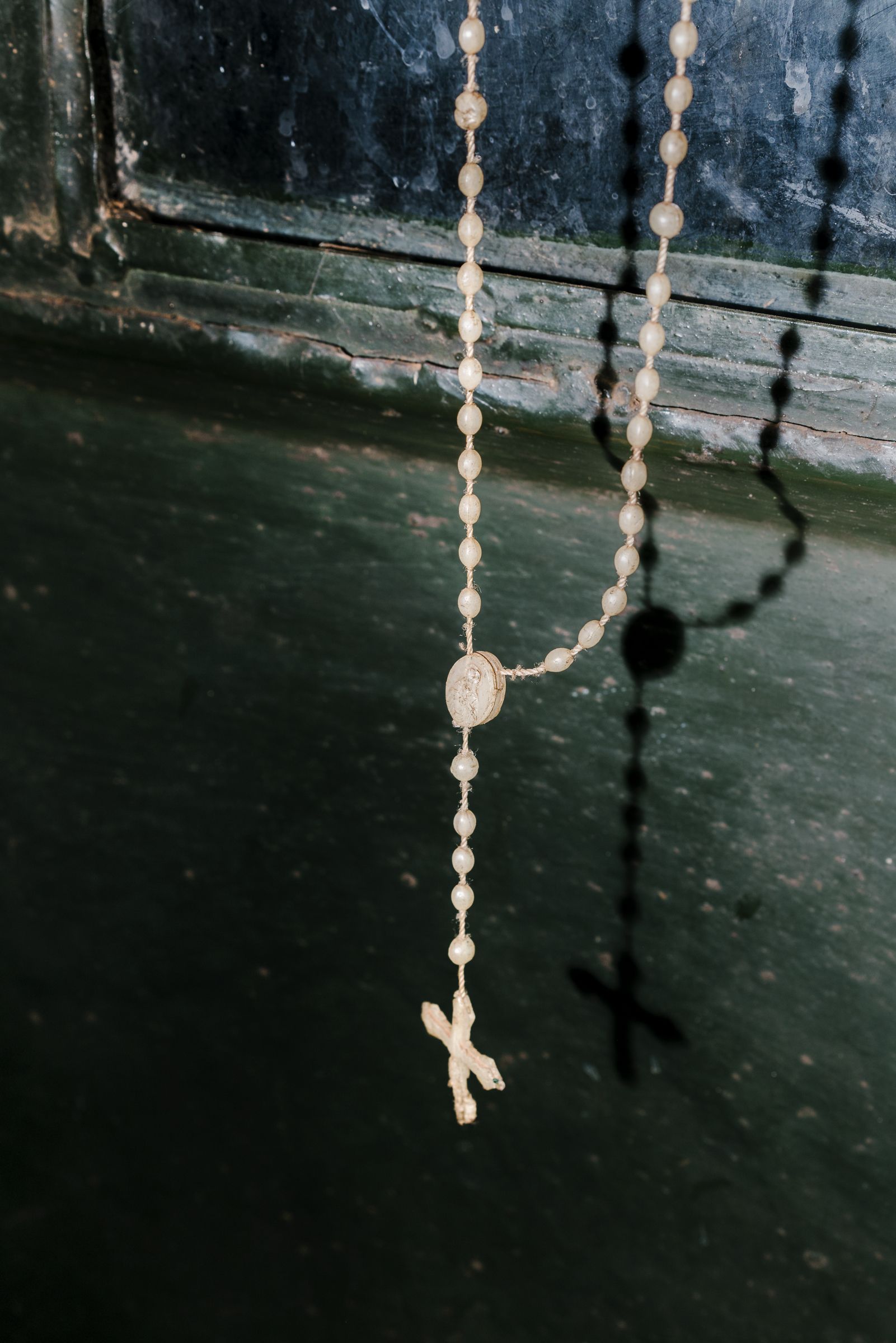
A crucifix hangs at the safe house of Children of the Sun, a group that shelters at-risk and in-need LGBTQ persons. Though activists say religion has exacerbated and inflamed homophobic violence in Uganda, many in the LGBTQ community are themselves deeply religious. Image by Jake Naughton. Uganda, 2017.
Iraq's Post-ISIS Campaign of Revenge
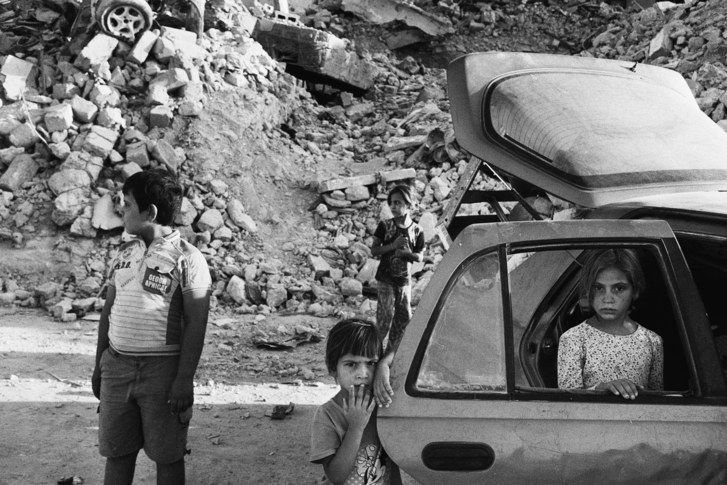
The Abdullah family fled Mosul during the battle, which was the most intense urban combat since the Second World War. They returned to find their home destroyed. Image by Moises Saman / Magnum for The New Yorker. Iraq, 2018.
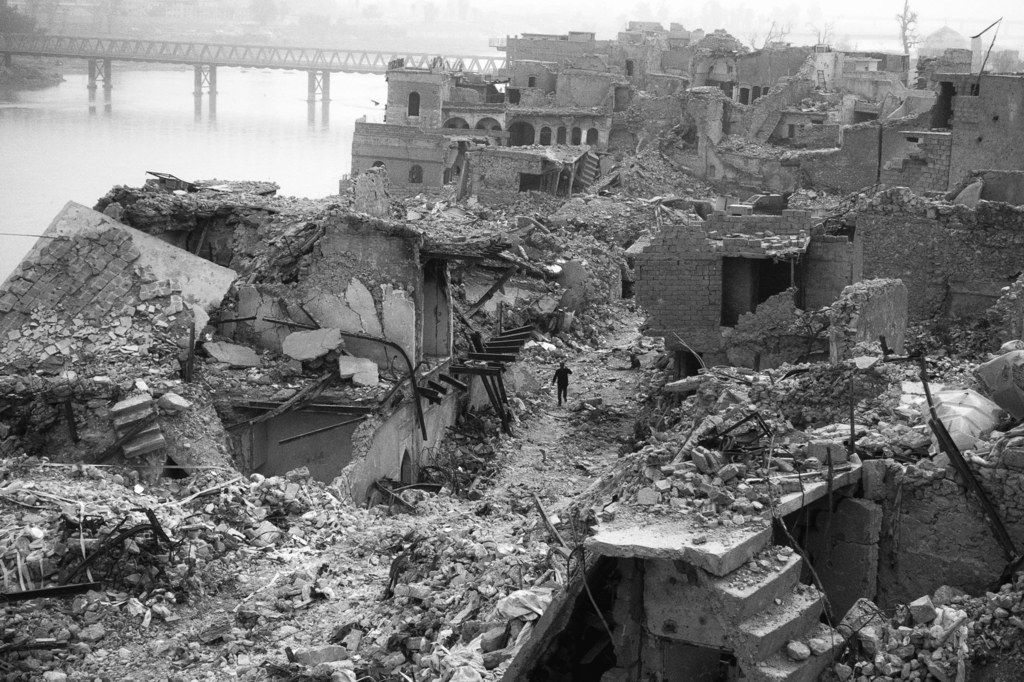
A year and a half after the battle, Mosul’s Old City is still in ruins, and unexploded bombs regularly kill people. Ten million tons of rubble remain. Image by Moises Saman / Magnum for The New Yorker. Iraq, 2018.
Inside the Dark, Opulent World of Ghana's Churches

“Angel” Obinim sitting on his throne. Image by Tomaso Clavarino. Ghana, 2018.

Many prophets have a dandy dress code. Image by Tomaso Clavarino. Ghana, 2018.
Muslim Youth in Paris: Navigating Identity
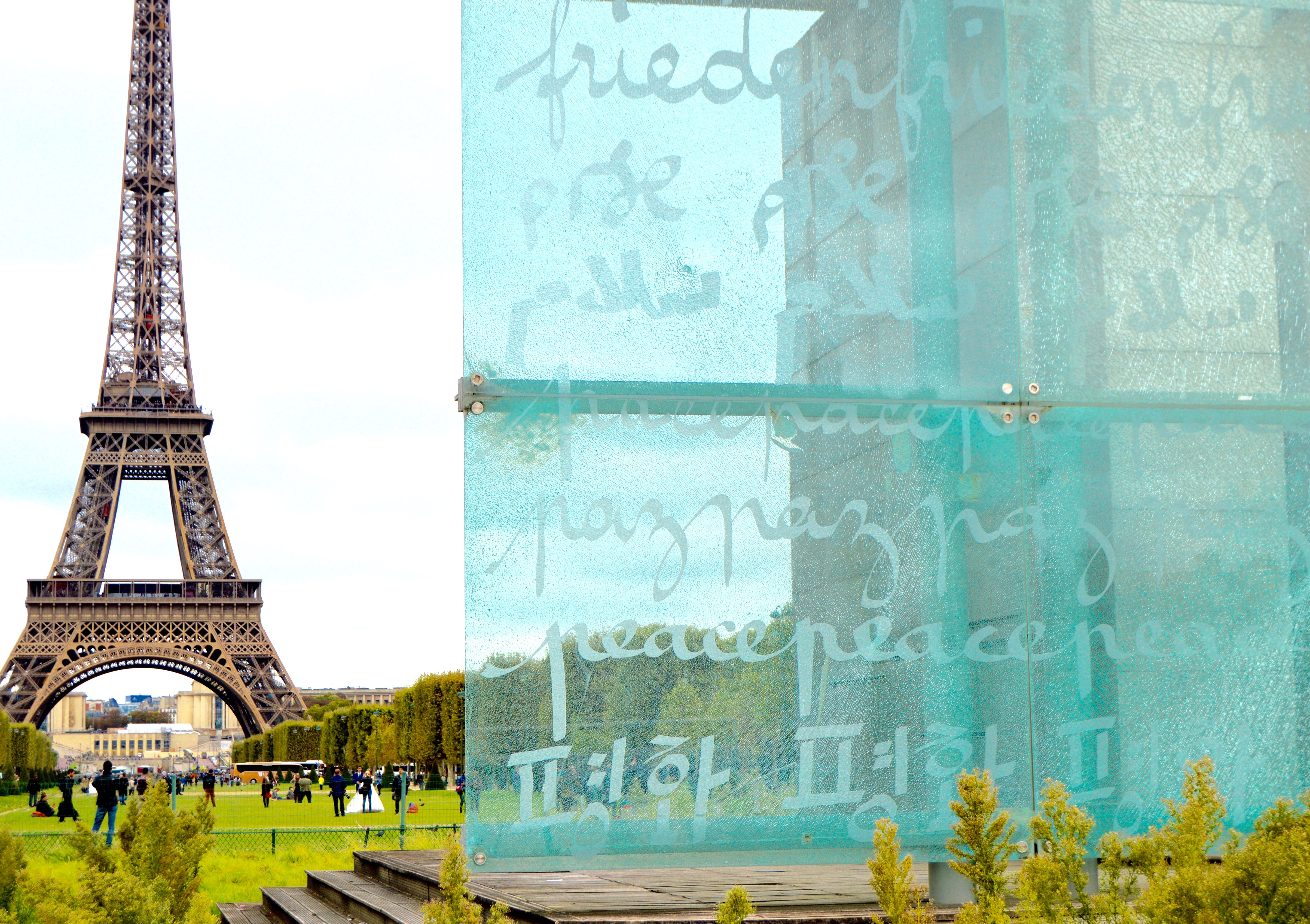
The Paris' Wall of Peace's inscription of ‘peace’ in 49 different languages means something different to each visitor. Discussing peace and how it is attained is of crucial importance as Paris, particularly in its most disadvantaged suburbs, contemplates a series of economic and inclusion challenges related to France's more than 5-million Muslim citizens.
Shame: HIV/AIDS and the Church in Jamaica

Nadine. Image by Andre Lambertson. Jamaica, 2014.
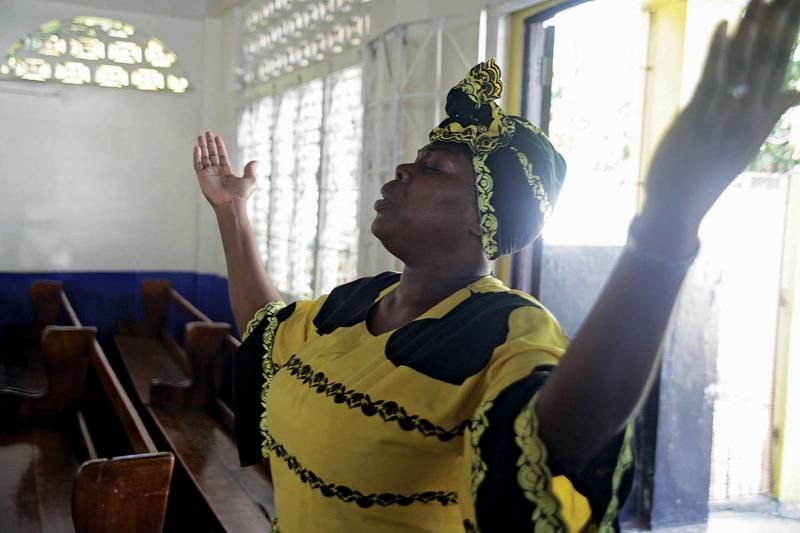
Carrol Flemming. Image by Andre Lambertson. Jamaica, 2014.
Suggested Photos and Accompanying Texts: These photos and texts were selected for use in a workshop centered on reporting related to religion. Any Pulitzer Center photography may be used for other workshops.